|
|
|
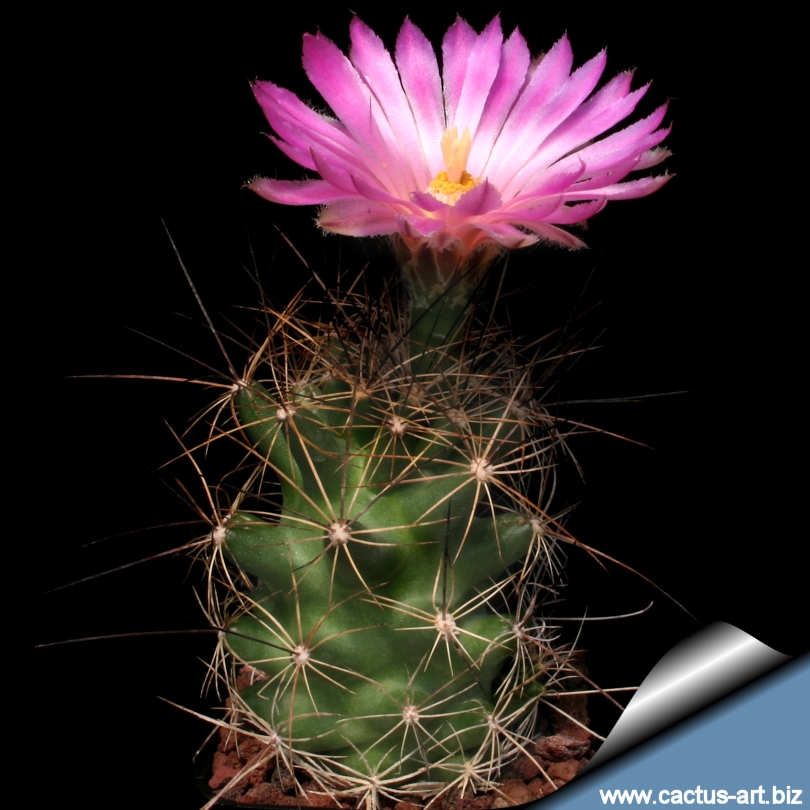
Coryphantha macromeris DJF1353 El Paso, TX.
It is a hardy cactus with long, dark spines which branches
profusely, ultimately forming low mats or hemispheric mounds to 100 cm
diameter.
|
|
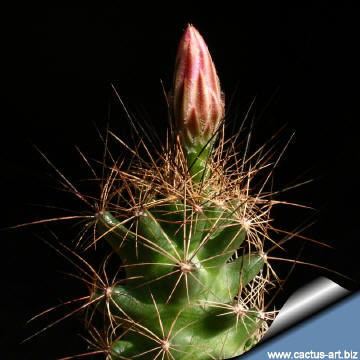 |
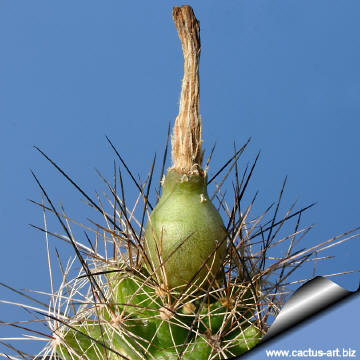 |
.
|
|
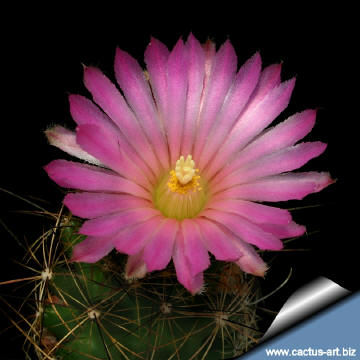 |
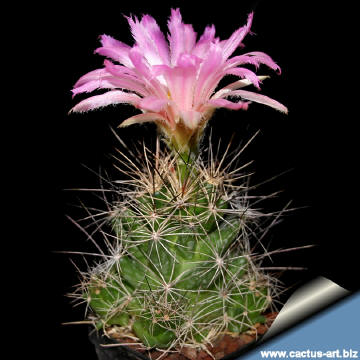 |
|
.
|
|
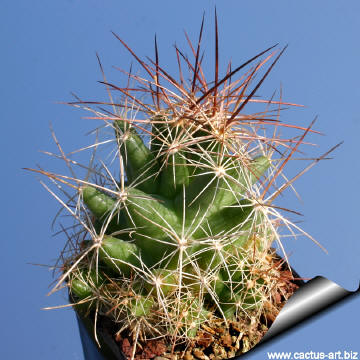 |
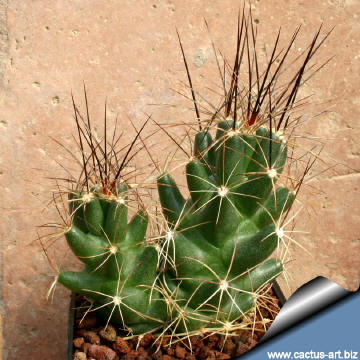 |
|


|
|
Advertising
|
|
|
|
|
Family:
Cactaceae (Cactus
Family)
Scientific name: Coryphantha macromeris
(Engelmann) Lemaire, Cactées. 35. 1868
Synonyms:
- Mammillaria macromeris Engelmann in F. A. Wislizenus,
Mem. Tour N. Mexico, 97. 1848;
- Coryphantha macromeris var. runyonii (Britton &
Rose) L. D. Benson;
- Coryphantha macromeris subsp. runyonii (Britton & Rose) N. P.
Taylor;
- Coryphantha pirtlei Werdermann;
- Coryphantha runyonii Britton & Rose;
- Lepidocoryphantha macromeris (Engelmann) Backeberg
Origin: New Mexico, Texas ; Mexico (Chihuahua, Coahuila,
Durango, Zacatecas).
Habitat: grows nearly in all substrates including nearly pure
gypsum, gravelly soils, usually sandy alluvium or clay, rarely crevices
or steep slopes; 30-1700(-2000) m.
|
|
Description: Plants profusely branched with long projecting
spines, ultimately forming low mats or hemispheric mounds to 100 cm
diameter
Stem: Noticeably tuberculate,
hemispheric to short cylindrical, sometimes obscured by profusion of
immature branches, 4-12 cm; tubercles unusually large 15-25 mm and
grooved only on the upper half, flaccid or flabby; areolar glands
seasonally conspicuous;
Root: It has deep succulent taproot often massive and large.
Spines: Weakly appressed or projecting,
slightly curved, often flexible. Radial 9-15 per areole,
white, grey, tan, or brown, 15-25 mm long; subcentral spines 2-3 in
adaxial part of areole; central spines 3-8 per areole, pale grey to
black, abaxial central spine porrect or descending,
Flowers: Apical or nearly so at mid-level of tubercle, outer
tepals heavily fringed; flower bright rose-pink or magenta, often with
darker midstripes and paler margins
Fruits: Dark green, ovoid to obpyriform or ellipsoid.
Note (1): C. macromeris pass several stages of development in which
their appearance changes and stunted or immature plants are variable,
often have only 5-7 radial spines and lacking central spines. It has
strongly mucilaginous cortex even small slices of living tubercle tissue
are visibly and tangibly slimy.
Notes (2): The flowers of
C. macromeris
are
virtually identical to those of
Mammillaria wrightii and
Escobaria vivipara; in the absence of vegetative material,
flowers may be unidentifiable.
|
|
|
|

The blooms are large bright lavender to magenta over long periods from
March to early September.
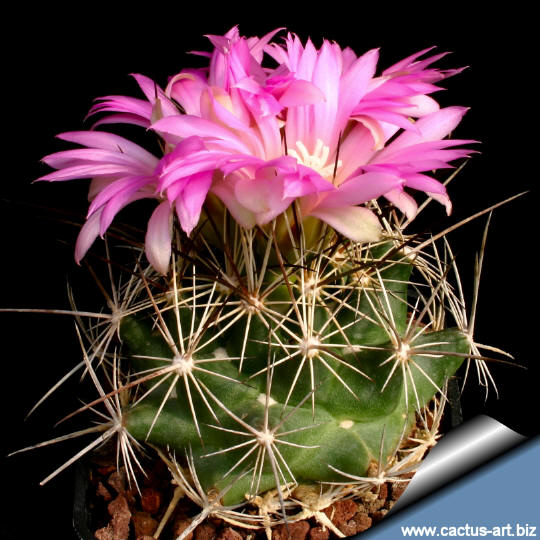
Cultivation:
Popular with collectors and easy to grow.
It
comes from an area of
summer
rainfall.
Keep
drier in
winter (but for
outdoor cultivation it is quite resistant to wet conditions,
too). Very cold resistant, hardy
about to about
-10° C, but
the frost resistance varies a lot from clone to clone.
Needs good drainage. Keep drier in winter,
Full sun to partial shade.
Propagation:
Seeds (no
dormancy requirement, they
germinate best at 25°C) or by
offsets (if
available),
or
occasionally
grafted. |
|